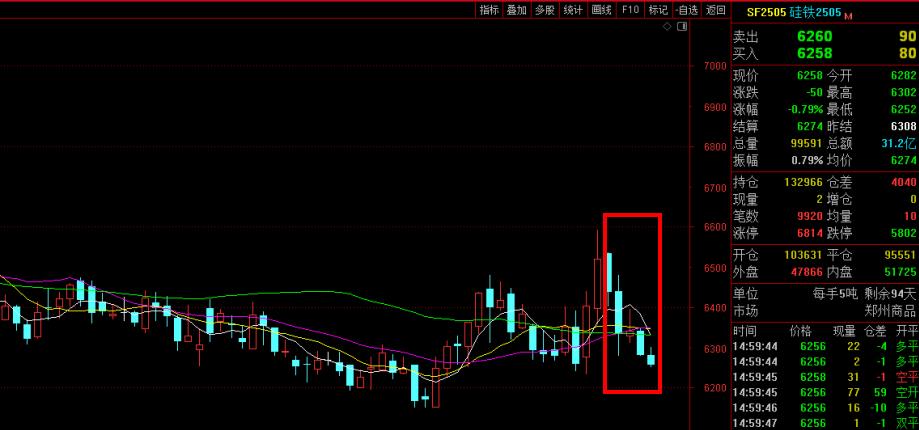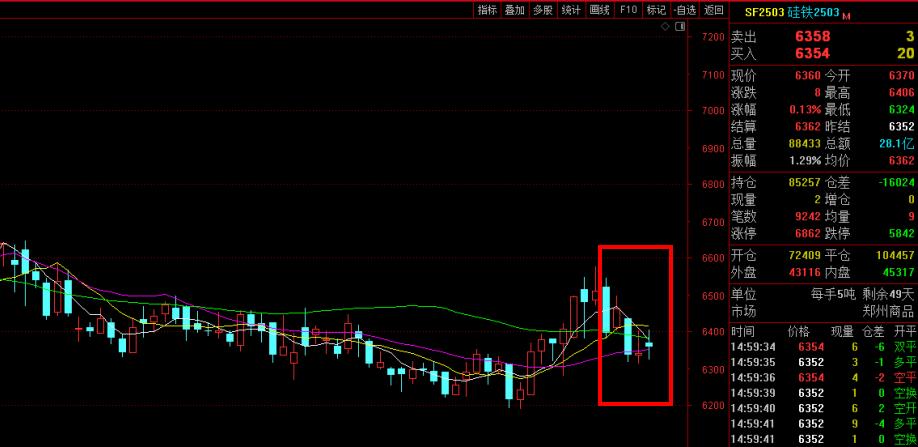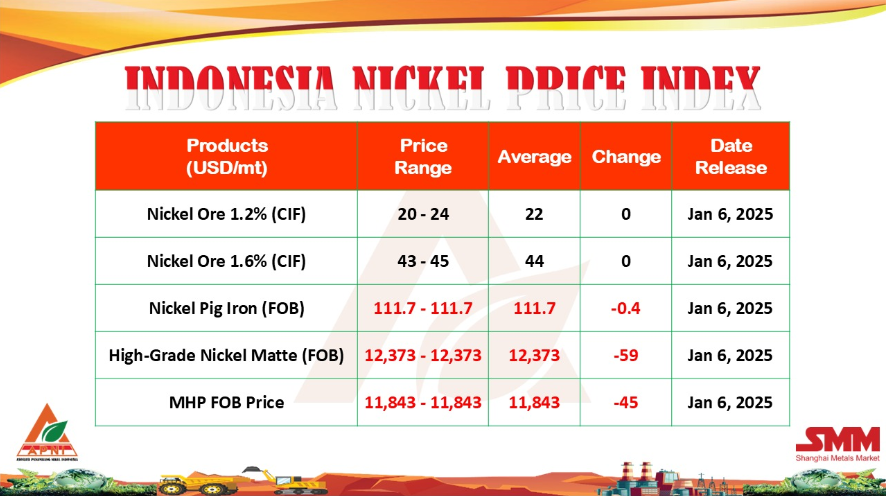[Ferro-Alloys.com]Ten-day historical volatility for iron ore futures is approaching 100% after averaging just 29% last year, brokerage Freight Investor Services said Wednesday.
Paper trade volatility has exploded since March 7, when The Steel Index's underlying reference price for 62% Fe fines rose 19.5% to $62.60/dry mt CFR.
Since then the TSI, a unit of Platts, has given back those gains, printing at $52.50/dmt Thursday.
"If a flower show can cause a 20% spike in iron ore prices, then traders should be ready for more unexpected and uncorrelated market moves," FIS said in the report, referring to the horticultural exposition taking in place in Hebei, China's major steelmaking province, over the coming months.
Market chatter suggests mills may bring forward production ahead of output curbs designed to reduce pollution during the expo.
"The recent spike in iron ore prices, which saw 10-day volatility hit 100% in the second week of March, will be repeated throughout the year as short-term 'black swan' effects drive spot cargo demand and buoy shipping rates," FIS said.
The spike in the physical market sparked a huge flurry in paper trading that saw March volume for iron ore derivatives on the Singapore Exchange surge past the previous record monthly volume after just nine trading days.
By Tuesday the Singapore Exchange, which clears the majority of iron ore paper trade outside of China, had handled 159 million mt, far exceeding the 132 million mt done in the previous record month, which was January this year.
If the current trend continues, more than 250 million mt of derivatives could trade this month, doubling the size of the global seaborne market, the TSI said in a recent note.
"Volume is growing strongly and we expect to see paper overtake physical for the first time," Michael Gaylard, head of strategy at FIS, said.
In commodities with the most mature markets, such as oil, the volume of financial contracts traded far exceeds the underlying physical.
Volatility and pricing uncertainty is a driver of the volume, alongside the entry of more financially orientated participants more comfortable with liquidity risk now the market has grown, Gaylard added.
A London-based trader of physical ore and paper products agreed there had been a lot of new entrants into the market, with "lots of funds using these [iron ore paper] as a way to play the China macro." He said bank flow was increasing, while more consumers and miners have entered the market.
Indeed, some smaller players are being encouraged by their financiers to use futures, swaps and options to lock in future revenue, and manage downside risk.
"Also the marginal producers have taken advantage of the short window price hike via futures and options to lock in what level of forward pricing they can to protect against market falls that the curve is anticipating," Gaylard continued.
RISING DEMAND FOR INTER-COMMODITY SPREADS
FIS sees increasing demand for inter-commodity spread trades between iron ore and base metals.
FIS is not listed as a member in the LME's various categories. The LME has previously indicated plans to launch an iron ore derivatives product.
Traders may look to take advantage of the percentage disparity between related commodities, and FIS sees spreads between iron ore and base metals trending between moving averages and outer percentage bands, creating trading opportunities the brokerage sees as around 8%-15%.
"An options trader who had access to the iron ore market would have had plenty of opportunity to buy the implied volatility and position themselves nicely for the recent volatility spike, after seeing historical volatility increasing in the rest of the base metals sector," FIS said.
Article from Internet for Reference only
Copyright © 2013 Ferro-Alloys.Com. All Rights Reserved. Without permission, any unit and individual shall not copy or reprint!
- [Editor:Sophie]



 Save
Save Print
Print Daily News
Daily News Research
Research Magazine
Magazine Company Database
Company Database Customized Database
Customized Database Conferences
Conferences Advertisement
Advertisement Trade
Trade














 Online inquiry
Online inquiry Contact
Contact

Tell Us What You Think